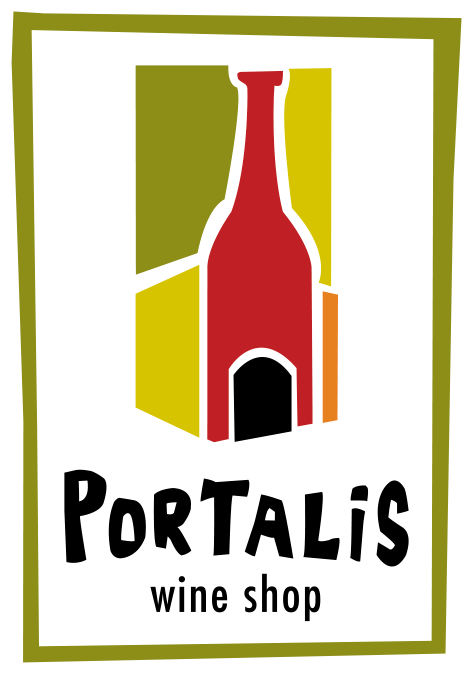Valle d’Aosta
VINEYARDS IN THE ITALIAN ALPS.
Photo credit: Valle d'Aosta Tourist Info
Once every few years, we get a super interesting wine in the shop from this region, home to Europe’s highest elevation vineyards in the Italian Alps. Valle d’Aosta is an east-west valley that runs long the Dora Baltea River with most of the winemaking activities taking place around the village of Aosta in the middle of the valley. The Valle d’Aosta region is approximately 1200 square miles in size (about the same as Rhode Island) with a population of 128,000.
photo credit: Valle d’Aosta vineyards>
The Valle d’Aosta DOC is Italy’s smallest wine region in physical size (450 hectares of vines) and production (208,000 cases per year which is less than 300 pallets of wine for the whole region). Until the last couple decades or so, there wasn’t enough wine to export, but that is changing.
The valley has three sub-regions. The first area is the vineyards around Courmayeur (about 5 miles from Mont Blanc as the bird flies) — the most westward and the highest vineyards in the valley at 1200 meters (3900 ft) above sea level. The area (1. Morgex & 2. La Salle on the map) grows the grape Prié Blanc (also called Blanc de Morgex) — a lighter-bodied, minerally, fresh white. Around 2017-2018, we had an outstanding example of this wine at the shop: Pavese Ermes Blanc de Morgex et de La Salle DOC. The vineyard and the distinctive wine bottle are pictured below. Long-time customers may remember it. It sold pretty well for a little-known white in a funky bottle.
The Central Valley is divided into four sub-regions: 3. Enfer d'Arvier, 4. Torrette, 5. Nus, and 6. Chambave (on the map). This area has the largest production and includes the grapes Petite Rouge, Fumin, Neyret and Vien de Nus (red grapes indigenous to Valle d’Aosta) as well as Dolcetto, Gamay, Pinot Noir.
The inspiration for this post came from a deep dive to learn about the above wine: Le Vieux Joseph 2019 Mariadzo, a blend of Pinot Noir, Cornalin & Vien du Nus (1/3 each) — a crazy-fun blend (cherries, red plums, orange zest, minerals with a note of chocolate, earth & pepper). Jens bought it because he thought it was interesting and delicious. Come to find out that the grapes come from wild vineyards in Chétoz, Quart, Aosta – approximately 1 hectare in total – southern exposure – altitude 650-750 m above sea level. The winemaker, Ilaria Bavastro (pictured above - credit), producer of completely natural wines including no sulfites (which is almost unheard of), is deeply dedicated to her natural process.
If your Italian is good enough or you’re willing to spend some time with your google translator (as I did), here are some great articles on her and her work:
Finally, the easternmost Lower Valley (on the border to Piedmont with the subregions: 7. Arnad-Montjovet & 8. Donnas on the map) produces blends made primarily of Nebbiolo like its neighbor to the south, Piedmont.
Photo credit: Aymavilles Castle
WHAT IS VALLE D’AOSTA LIKE?
Culturally, this isolated area is tied to France and French-speaking Switzerland. The area is multilingual with Italian, French & a local dialect Valdôtain as official languages. The mountainous landscape is sparsely populated and is full of castles & fortresses. The cuisine is hearty, featuring Fontina cheese, potatoes, polenta, rye bread & cured meats — perfect for a glass of local wine! These wines are hard to come by in Seattle… so you might just have to go there. Curious? Here’s more info on Valle d’Aosta>
I had a blast learning about this little-known part of Italy to write this blog. Hope you enjoyed it, too! Cheers, Julie, co-owner — Portalis Wines
Sources: Decanter, Wikipedia - Valle d’Aosta, Wikipedia - Valle d’Aosta DOC, Italian Wine Central












